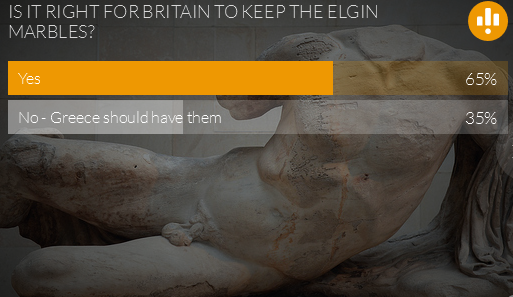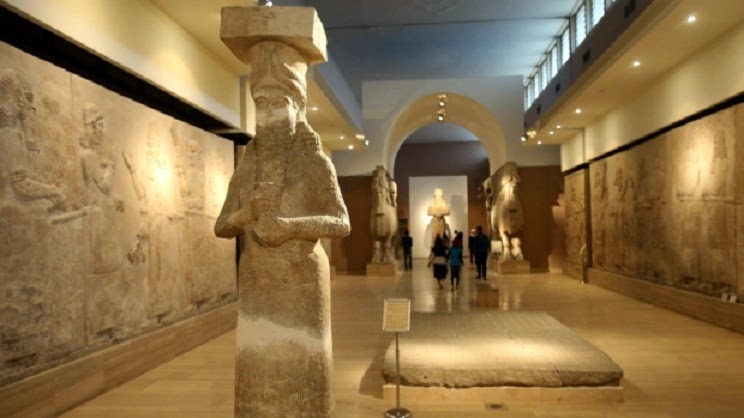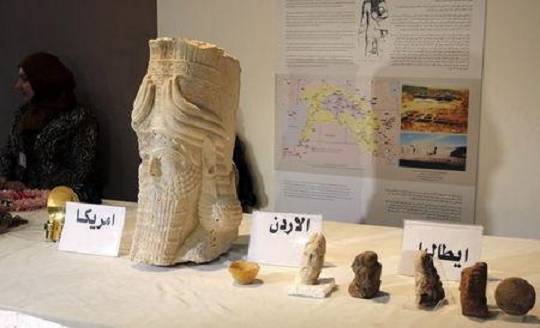Sew La Ti Embroidery [Search results for museum]
South East Asia: US museum returns Hanuman statue to Cambodia

Near East: Famed Syria mosaic museum damaged in barrel bombing

Travel: Orpheus Mosaic on display at the Istanbul Archaeology Museum

Temporary Pavilion For the Hirshhorn Museum
Heritage: Fallen Egyptian archaeologist wants international Grand Museum

More Stuff: Telegraph: Greece has no legal claim to the Elgin Marbles

Heritage: Grand Egyptian Museum to open in May 2018

Near East: Byzantine church to be 'restored' as mosque

Heritage: Taxila, the lost civilisation

The Guggenheim Museum [Bilbao, Spain]
![The Guggenheim Museum [Bilbao, Spain]](https://blogger.googleusercontent.com/img/b/R29vZ2xl/AVvXsEii6IEHvRjz7fD4czrkHikta3atnsgpFvSJQJTOasX2BzQ0DDqMQmn5i0EgJ-x0xdTBlCa2kGkRZCdQ-3rahb05HgzSz9cxhHNudG_6Jctxe3GLOeGqplt3Ym8D0YLuNhQbUng1MsWruxBs/s800/Guggenheim-Museum.jpg)
Travel: Archaeologist calls for first underwater museum in Egypt

Iraq: Iraq celebrates return of antiquities
Heritage: Stolen artefacts from Egypt's Graeco-Roman Museum recovered

Heritage: Chile's quest to save melting mummies

Heritage: Two Egypt museum curators arrested for artefact thefts

Iraq: Digitising Iraq’s cultural heritage

France: France returns looted gold antiquities to China

Heritage: Africa's ancient art to be saved, with your help

Iraq: Iraq says ISIS demolishes ruins to cover up looting

South Asia: Looted Indian statue recovered


